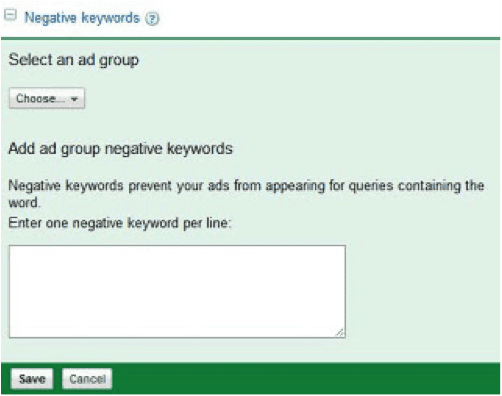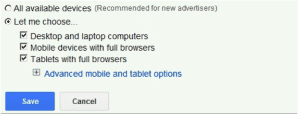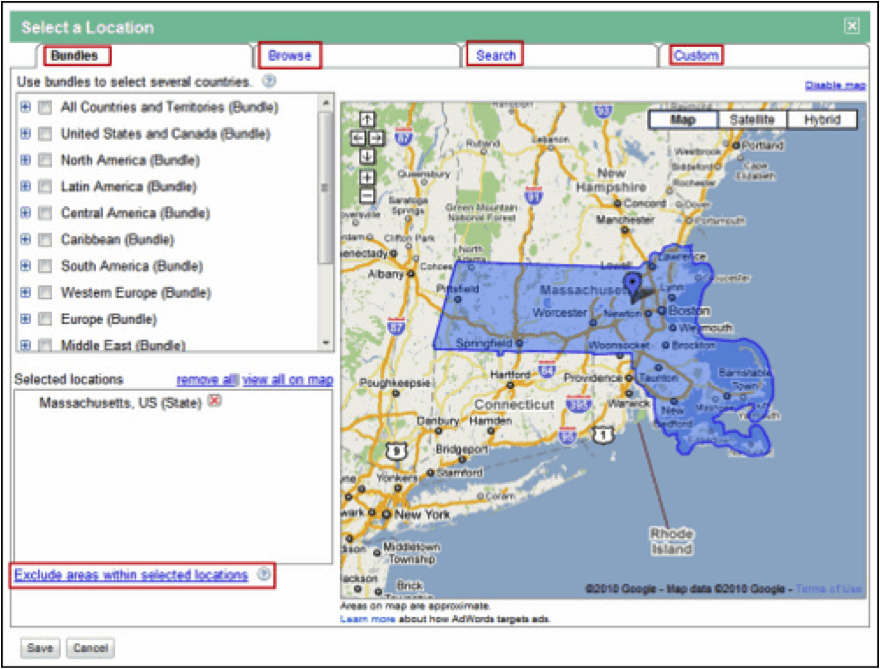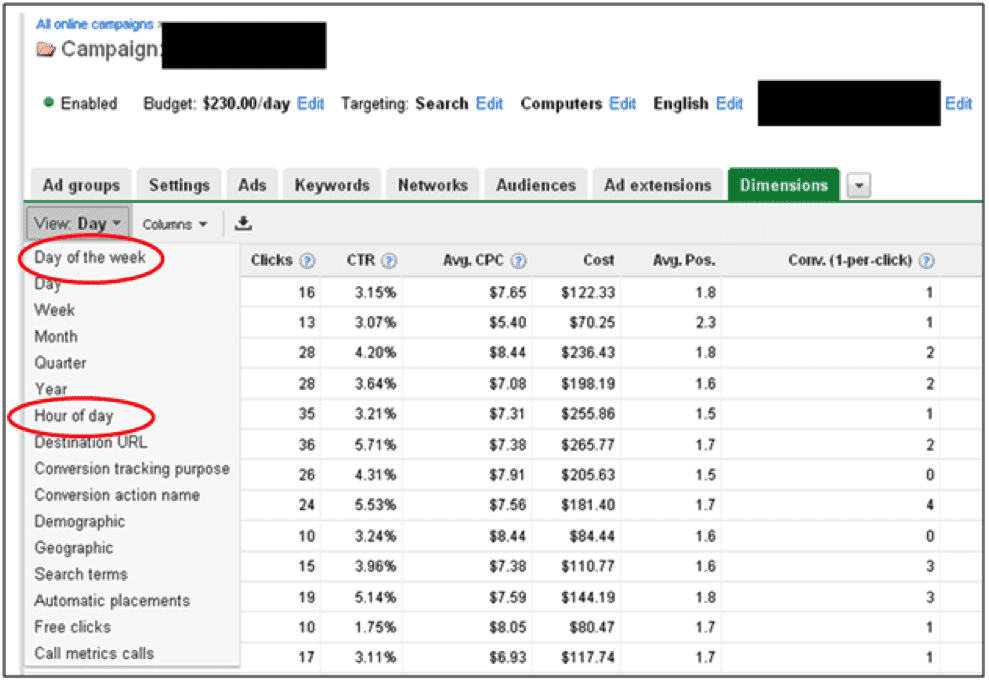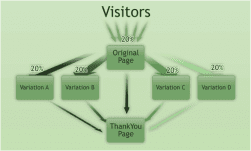
PPC is as much about maintenance and development as it is about establishment. So if you think that simply putting up a good PPC campaign will ensure you the top slot for years to come, you could not be more wrong. This is also the reason why bigger firms tend to hire PPC companies who offer a package deal where the ‘launch’ and ‘maintenance’ of the campaign is clubbed together, since there is no one without the other. Interestingly, while launching a good PPC campaign is not that tedious a task, maintaining it and keeping it updated is more time consuming and requires great vigilance.
When it comes to PPC, conversions are what matter the most. So let’s look at it this way, what are the ten top things that will help us get more conversions out of our already existing PPC campaign.
Larry Kim founder of WordStream, correctly states that ‘implementing a negative keyword strategy helps’ to ‘improve click-through rate’, ‘create more relevant adgroups’ and ‘save money’. The idea here is to prevent your ad from being triggered by certain irrelevant keyword or keyword phrases, therefore generating more relevant clicks and website traffic, which often leads to an increase in conversions.
2) Exact Match Keyword Adoption
If you choose narrow keywords, this could cut down on the cost per click (CPC), spreading your budget further, as well as attract more relevant traffic to your PPC ads and web pages. The more relevant the traffic is to your website, the higher the conversion rate you should expect. Be sure to watch the performance of the various keywords and for those that are hitting a home run, these could be set aside as Exact Match keywords and bid on more aggressively.
3) Choose All Targeting Options
While PPC started off with just desktop computers, today we have the option of showing our ads on not only tablets but also mobile phones thus helping to increase traffic and often times at lower costs. Of course as PPC specialist Steve who works for Pitstop Media Inc correctly points out, ‘traffic coming from non-computer devices behave differently compared to traffic coming from desktop or laptop computers, therefore it’s always a good idea to keep a close eye on them at first.’ It is also recommended to consider separating campaigns by device in order to take advantage of different budgets and bidding strategies for each. The image below helps to understand the setup options for this better.
4) Geo and Language Targeting
Since relevance is the basic foundation of PPC management and increasing conversions, the need for geo and language targeting may arise. It is important to target only visitors to whom your business can cater to you. For example your business may only sell on a local or national level versus globally, and only to speakers of a singular language.
Be it a keyword search for a certain location or language, browsing by country or language, bundling common combinations of locations or languages, customizing certain location or language options, one can refine campaigns to only target relevant visitors.
Image: (http://www.wordstream.com/blog/2010/11/15/geo-targeting-ppc)
5) A/B Split Testing for Ad Copy
Bradd Geddes who is the founder of Certified Knowledge and one of only two Google-approved AdWords Seminar Leaders rightly states “Don’t assume you know what is best or what should work, let the numbers tell you the story.” In the case of PPC, this is where testing will step in. Here the idea is to create multiple ad versions for each Ad Group and allow them to compete against one another. Not only will this drive more traffic to your site and future conversions but it provides the opportunity to optimize ad copy for more keywords, which in itself will increase relevant clicks while lowering necessary bidding costs. Google Adwords even offers a feature within a campaign’s setting that will show only the ad versions that are most likely to receive conversions more often, based on historical reference. It is best practice to wait until enough conversion data has populated the account before selected this ad rotation option.
6) Ad Scheduling Review
PPC managers should make sure that they stay on top of the ad campaign and know where the advert should appear as well as what time it should show up. Campaigns do not convert evenly through the day and finding the best slot for the ad is sometimes a crucial aspect of PPC. Nick DiPietro a Google certified AdWords specialist is right when he says that the intention here is to stay “competitive, especially during times when your conversions are known to be highest. Conversely, you can lower your bids during times that don’t convert as well.” In Google’s case this can be easily demonstrated as seen in the image below
7) Search Query Report
On the last day of May 2012 Google launched the Search Query tool which as Google puts it “provides you with insight into the search queries, or terms, that are driving visits for your ads and the revenue you derive from these queries.” PPC managers looking to make their ads work to their potential will have to keep this tool handy and use it often to figure out how to continuously optimize keywords lists and build their negative keyword campaigns.
8) Display Network Advertising
This feature is a great way to keep traffic volume high which can lead to more conversions if managed smartly. Amazingly, the Display Network helps to connect with the ‘customers at the exact moment when they’re doing an activity online that relates to what you offer’ as Google rightly puts it. Opting in to the Display Network will ensure that your ads appear on content websites that relate to the keywords listed within each of your Ad Groups and by manually managing the campaigns you can further refine advertising to category of sites that you choose. Management can even be taken a step further by selecting individual websites, referred to as ‘placements’, where you prefer to have your ads display. A benefit of advertising on the Display Network over the Search Network is the ability to also show image and video ads, which tend to increase user attention and engagement. The more engaged a user is with your brand, product or service, the higher the chance they will convert.
9) Bid Management
Irrespective of whether you are using the automated bidding option or third party solutions, bid management is the most important aspect when trying to keep the cost low and the conversion rate high. Aaron Levy of SEER Interactive rightly states that sometimes ‘the top position isn’t the most profitable’ and which is why it is never a good idea to bid more that you can afford. Determining the best ad position needed to achieve a specified number of conversions is the most important objective here. Constant vigilance at this front is mandatory for those looking to increase PPC conversion and also keep the cost as low as possible. One way Google Adwords helps advertisers accomplish this is through their Conversion Optimizer tool. Conversion Optimizer can help maximize your return on investment (ROI) by automatically getting you the most possible conversions for your budget using historical conversion data from Conversion Tracking or Google Analytics. With Conversion Optimizer your ads show more often when you’re likely to get conversions and less often when conversions are less likely.
10) A/B Split Test on Landing Pages
Advertisers can increase conversion rates by testing alternative landing page designs through either A/B split tests or multi-variant testing. The idea here is if your website is already receive a high amount of quality traffic but conversions are still below satisfactory, it may be a problem with the site or landing page itself and not the advertising. A/B split testing is the most basic strategy for optimization landing page content. Two versions of a landing page, “A” and “B” can be tested and compete against one another, randomly splitting the visitor traffic between the two. With multivariate testing, advertisers mix and match several page elements such as headlines, page layout, images, text content, form fields and call-to-action messaging. In both A/B split tests and multi-variant testing, the advertiser looks to determine which page version or combination of elements produces the best results. Since setting up, managing and analyzing both testing platforms can be complex; Google Adwords offers a tool called Website Optimizer which doesn’t take long to master.


